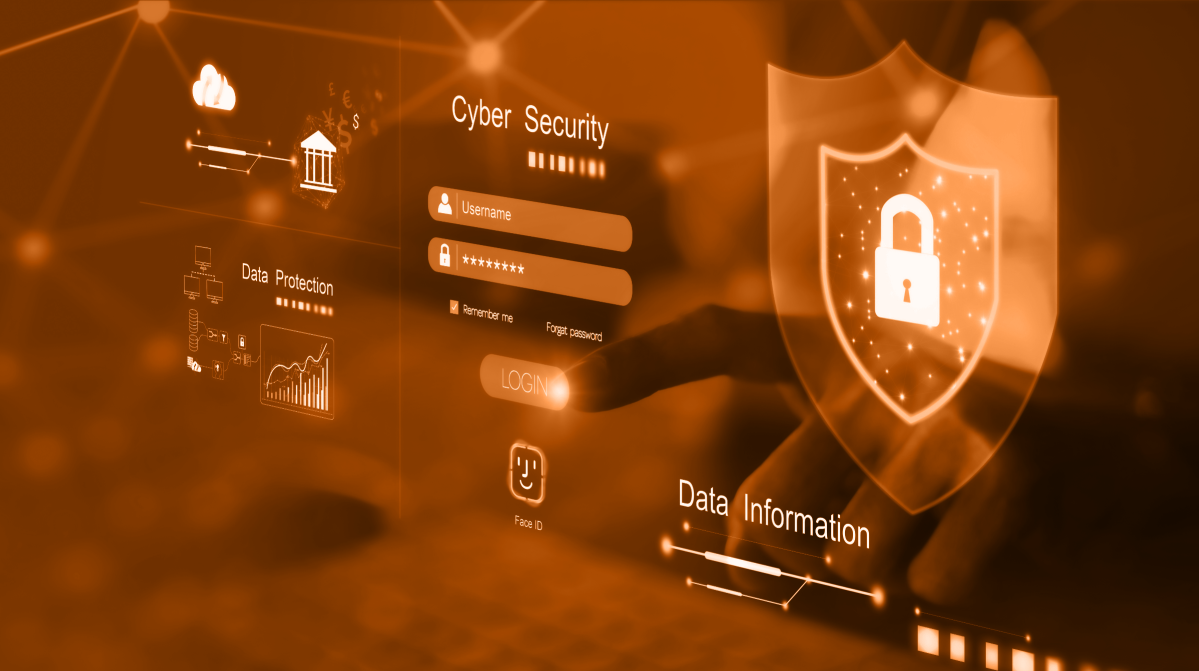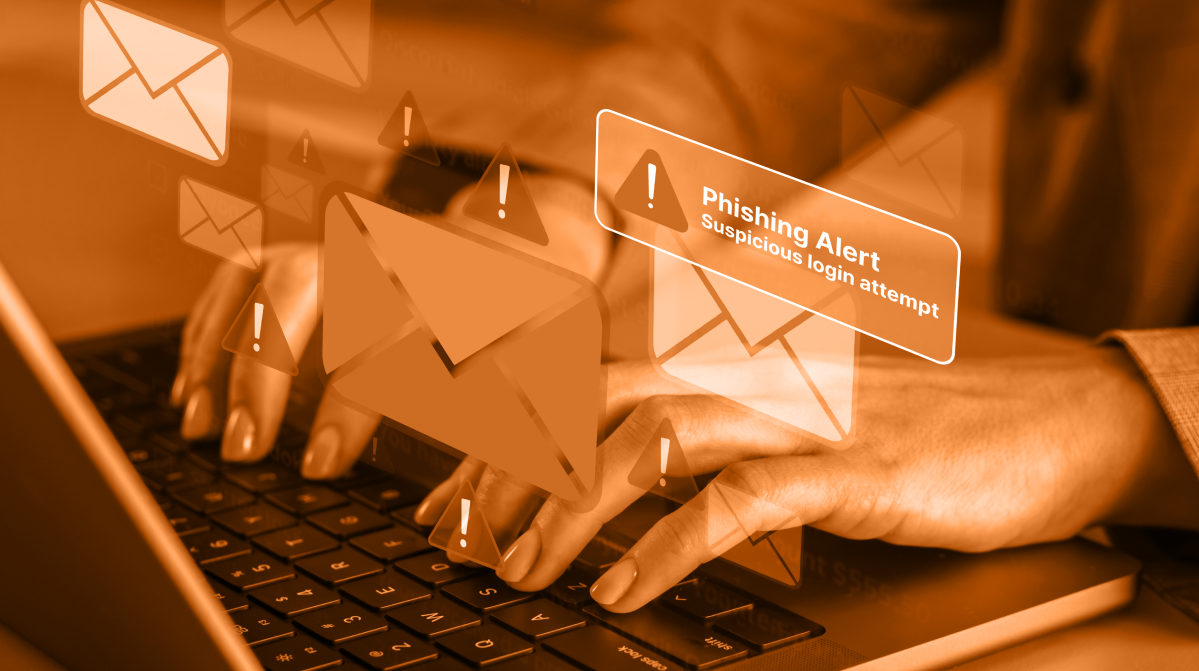
"Email remains the number one vector for cyberattacks, responsible for 94% of malware delivery and nearly 90% of phishing attempts"
according to a report from Verizon.
While traditional spam filters once provided a significant line of defense, the sophistication of today's email-based threats has outpaced these tools. Simple spam and phishing attempts have evolved into complex, targeted attacks like Business Email Compromise (BEC) and ransomware, which easily slip past basic defenses. In this environment, relying solely on spam filters is no longer enough.
Initially, email security focused on blocking spam and basic phishing attempts. Spam filters were effective in catching unsolicited emails and generic phishing attacks, which often relied on obvious tricks like suspicious links or spoofed sender addresses.
Today’s threats are far more sophisticated. Attackers now use spear-phishing to craft highly targeted emails, Business Email Compromise (BEC) to deceive employees into transferring funds, and ransomware delivered via email to lock down entire networks. These advanced tactics often bypass traditional spam filters.
Traditional spam filters rely on known threat signatures and predefined rules, which are no longer sufficient against evolving threats. This gap underscores the need for comprehensive email protection that can adapt to new and emerging risks.
To effectively combat the sophisticated threats that bypass traditional spam filters, organizations need to adopt a multi-faceted approach to email security. Below are the key components of comprehensive email protection that every business should consider.
AI and behavioral analysis will play increasingly important roles in detecting and responding to threats with greater speed and accuracy, helping to stay ahead of evolving cyberattacks.
Stricter regulations like GDPR and CCPA require organizations to maintain robust email security, ensuring compliance through detailed reporting, encryption, and secure communication.
In a Zero Trust model, no email or communication is trusted by default. Every email is verified, and user actions are continuously monitored, significantly reducing the risk of breaches.
As cyber threats grow more sophisticated, relying solely on traditional spam filters is no longer sufficient to protect against the wide array of email-based attacks.
A comprehensive email protection strategy—combining advanced threat detection, real-time intelligence, multi-layered security, and employee training—is essential for safeguarding your organization.
To stay ahead of these evolving threats, consider upgrading your email security. Explore our channel security services to learn how we can help you implement a robust and comprehensive solution tailored to your needs.


